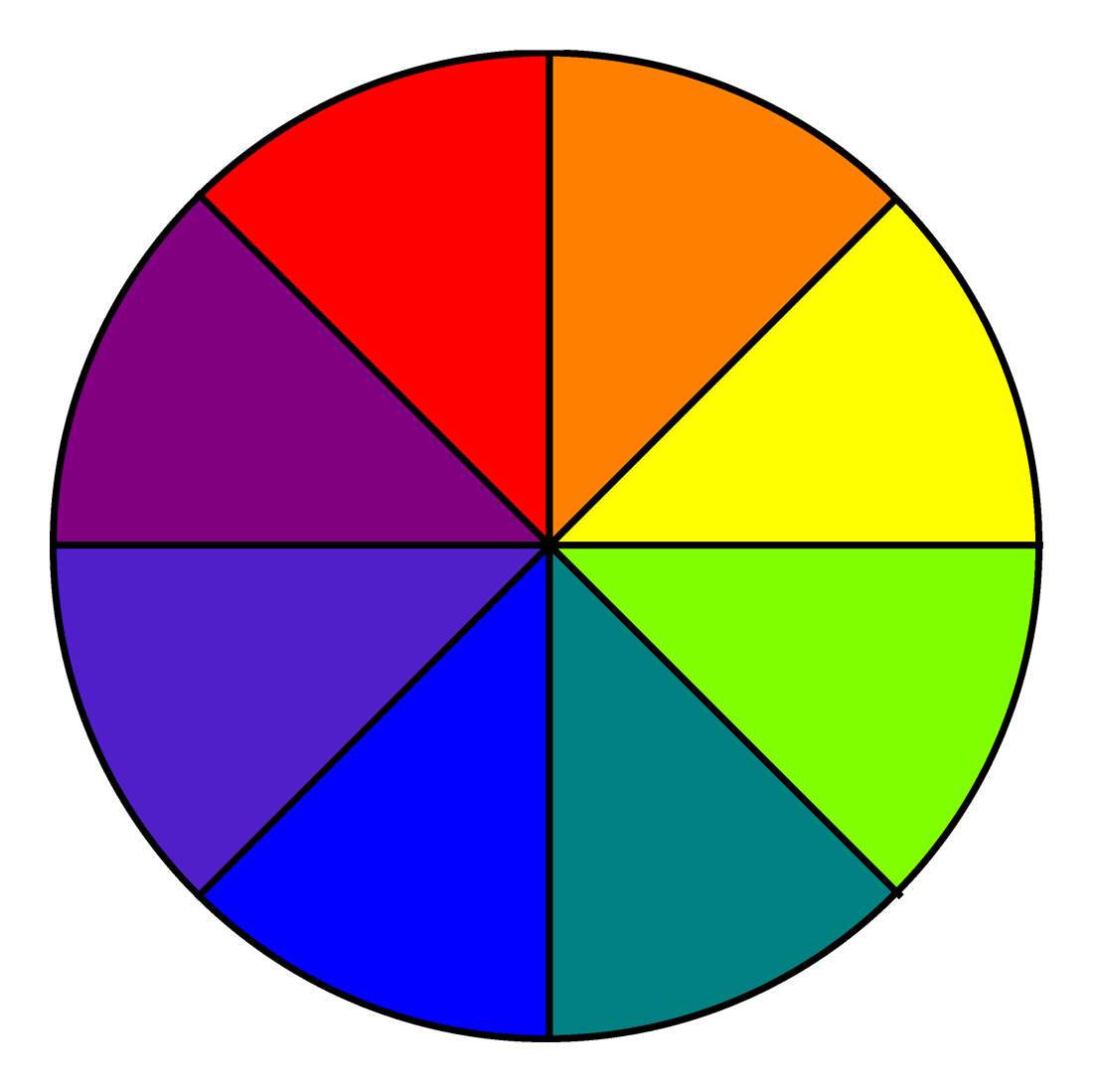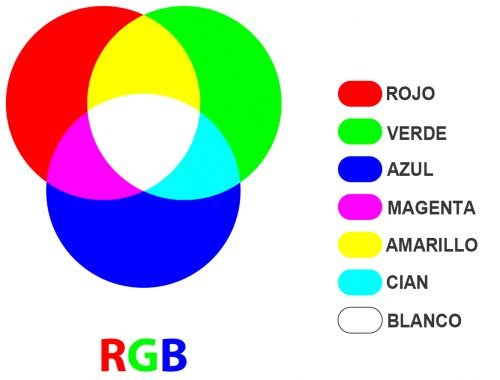

So, you can create orange by infusing equal parts of red and yellow. For secondaries, you need equal parts of primaries. Keep in mind that blending hues requires exact proportions. When you mix two primaries, what do you get? Secondary Colorsīlending two primary hues will give you secondary hues, namely orange, green, and violet or purple. This means that in classic color theory, these are the most fundamental.Įxperimenting with colors entails combing one hue with another. These pigments cannot be created by mixing others. These are primary hues namely red, yellow, and blue. Organize this progression in a wheel and you get the color wheel.Īt its most basic, you will see only three colors on the wheel. For example, red sits by red-orange, which sits by orange. Therefore, colors sit beside analogous colors. So, why don’t we start with that?Īs kids, one of the first lessons you had about hues covered the three major categories: primary, secondary, and tertiary colors.Īs an artist, you know that they are arranged according to their color relation. If you are an artist or a designer, a review of the nitty-gritty means looking back to the color wheel. By doing a refresher, they can familiarize themselves once again with the most fundamental hues.

Going back to the basics is essential for artists or designers, especially as the extensive range of hues and color families can become overwhelming. After all, there is a wide variety of colors and concepts used by professionals that help them create visually stunning and enriching work. From reviewing the fundamentals of their field to finding out the core ideas of even the most complex concepts, refreshing basic knowledge is definitely important.Īnd, this principle certainly applies to artists and other individuals who work with colors. If lighter colors are needed, less ink or toner is used to allow the white paper to give the appearance of a lighter color.What are the tertiary colors? Learn the color theory and how they are created.Įven the most experienced professionals find themselves going back to the basics on occasion.

If dark or vivid colors are needed, more ink or toner is used. Because most printing is done on white paper, the dots the printer creates subtract the reflective light from it to help generate the colors you see on the paper. When dealing with printing, the primary colors are cyan, magenta, and yellow, which is why most printers have cyan, magenta, yellow, and black ink cartridges or toner ( CMYK (cyan, magenta, yellow, and key)). Different levels red, green, and blue are used for all other colors. When black is needed, the pixels are not turned on. In other words, to make white, red, green, and blue are all illuminated at the same time. Because a screen is black when not illuminated, the pixels that help make a display are additive colors. When dealing with a display, the primary colors are RGB (red, green, and blue). With computer displays (e.g., monitors and flat panels) and printers, different colors are considered the primary colors. However, this is only true in certain situations. When learning art in school, you were likely taught that red, yellow, and blue are the three primary colors. A primary color is any color that can be mixed with other primary colors to produce all other colors.


 0 kommentar(er)
0 kommentar(er)
